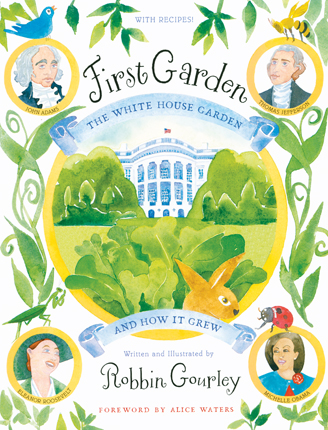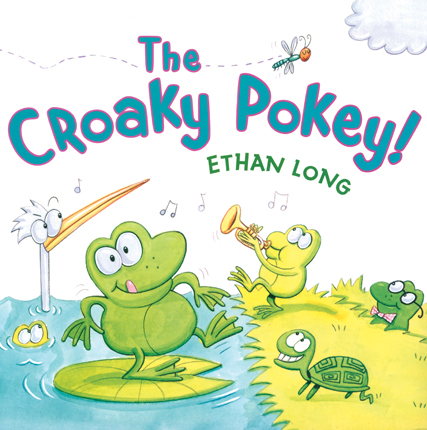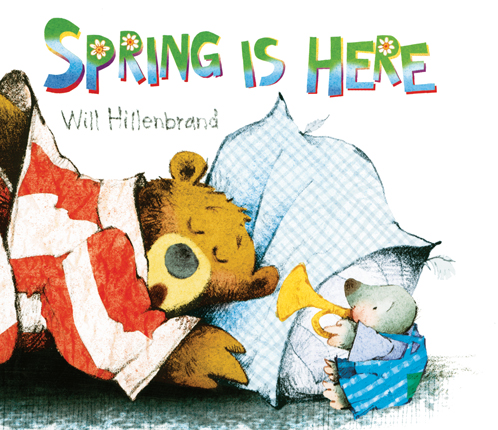Troy kindly agreed to answer a few questions about his work in an interview with Lucinda Whitehurst.
LW: When you started
The Dragon of Cripple Creek, did you have any idea how topical your story would be with the economy stalling and gold prices skyrocketing?
TH: Actually, yes. I started writing the book six years ago and kind of projected what I thought might happen with the economy. Silver prices had been going up; I thought gold prices would be next.
LW: I wish I had your forethought! Now so many children are facing a situation similar to Kat's, where the loss of a job means possibly losing their house, school, friends—essentially their way of life.
TH: Yes, I have seen this happening to so many people, including friends and family members. It's been a terrible time to try to make a living. My first inspiration for
Dragon of Cripple Creek, though, was that there should be a dragon in North America. Then I thought of putting him in a gold mine in the American West. I wanted to break dragon stereotypes; to not follow reader expectations based on other dragon stories and legends.
LW: Greed as a concept is not often discussed in children's books, but it is such an important issue for children to confront.
TH: I think materialism is the cause of evil in society. I'm working on a YA book about that topic right now.
LW: You include references to other works throughout
The Dragon in Cripple Creek.
TH: Yes, it's a way for me to be more creative. You start with a reference point that others may recognize, then go beyond that original source.
LW: I thought about the
Alice in Wonderland references, but I did not come up with the Beatles'
Magical Mystery Tour until reading your author notes.
Kat certainly goes on a Magical Mystery Tour of her own, veering off track, meeting unusual people and of course Ye. When I looked at the title list, I could see that "All You Need is Love," "Penny Lane," "Hello Goodbye," "Flying," and "Baby You’re a Rich Man" definitely could relate to your story. Did you listen to the album as you wrote?
TH: No, actually I listened to Western music! I've always been a Beatles fan, and Kat's mother is a Beatles fan, so the songs just came into the story that way.
Howell first became famous in the children's book world through his cover illustrations for Brian Jacques'
Redwall series. His dramatically posed warrior-animals caught the imagination of a generation of young readers. Since Mr. Jacques recently died, I asked Troy if he would miss the series.
TH: Actually, I've been ready to move on from those books for some time now. I always read the manuscripts and came up with ideas for the covers, but as time went on, I was allowed less and less creative expression. As an artist, it's difficult to have someone else control what elements should be included in a painting. {For more information about Troy's work with the
Redwall series, check out this excellent interview
www.longpatrolclub.com/interviews/howell.html}
LW: You've had success as an artist. Are you going to continue to illustrate or turn more to writing now?
TH: I'm still doing some picture books and illustrated books, such as a new version of
The Grey Fairy Book by Andrew Lang, but I'm moving more into writing. I have several projects going right now, including a middle grade book about a boy who meets Hans Christian Andersen's ghost in Copenhagen. My hope for my work is that I will touch people with what I do and do my best.
LW: Are you going to talk about anything particular at the James River Writers Conference?
TH: I'm going to tell people that we're all in this together. I'll never stop learning, but I'm glad to share what I have learned with others.
Many thanks to Troy Howell for a wonderful conversation!

.jpg)
 Through May 29, the Richmond Public Library is hosting a terrific exhibit highlighting the lasting value of children's books. Kelly Kyle, former owner of Narnia Books for Children and longtime library volunteer, asked Richmonders to share memories about some of their favorite books. Mrs. Kyle added historical context and visual displays from the library's collection of rare children's books. The resulting display is entertaining and informative.
Through May 29, the Richmond Public Library is hosting a terrific exhibit highlighting the lasting value of children's books. Kelly Kyle, former owner of Narnia Books for Children and longtime library volunteer, asked Richmonders to share memories about some of their favorite books. Mrs. Kyle added historical context and visual displays from the library's collection of rare children's books. The resulting display is entertaining and informative. 
 First Lady Michelle Obama is concerned about improving the health of American people, especially the children.
First Lady Michelle Obama is concerned about improving the health of American people, especially the children.










 Before spring passes quickly into summer, take a look at two new springtime picture books.
Before spring passes quickly into summer, take a look at two new springtime picture books.
 The Children's Choice Book Awards were announced last night! See list below. For more information, go to
The Children's Choice Book Awards were announced last night! See list below. For more information, go to